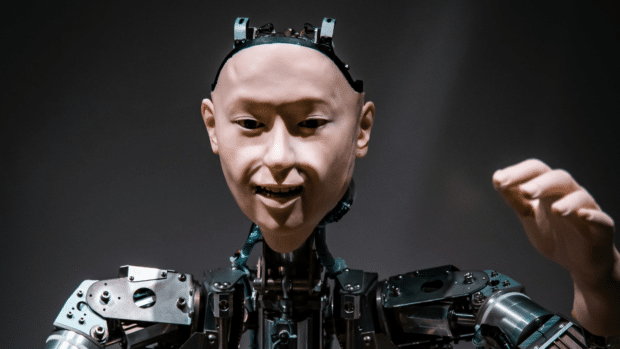China develops robots with human-like facial features

Hohai University professor Liu Xiaofeng and his team created a robot with realistic facial features. They said this feature will meet the need for authentic interactions between people and machines.
They published their findings in IEEE Transactions, which explain how their Action Units distinguish between “expression-related and expression–unrelated cues.”
This method allows for more facial movements, making robots more expressive, and these findings significantly enhanced “affective human-robot interaction.”
How does robotic facial features work?
Despite the summer vacation, Liu Xiaofeng, a professor at Hohai University in east #China's Jiangsu Province, and his #research team have remained immersed in the lab, developing #humanoid #Robots with expressive #facial features. #science #Technology https://t.co/BUqBxjVjOL
— CGTN Tech (@CGTNTech) August 2, 2024
University College London computer scientist Dr. Peter Bentley explained on ScienceFocus that making robots look like people is important in expanding adoption.
Most people prefer robots to look familiar and want them to look human. However, robots with faces typically have uncanny or creepy facial features.
READ: Makati City backs Makatrix Robotics Team’s World Championship stint
So Xiaofeng and his team developed robots and made them more natural with Action Units (AU). They kept expression-unrelated cues from shifting related ones, allowing bots to convey more realistic facial expressions.
“To preserve the integrity of AUs while mitigating identity interference, we leverage a latent facial attribute space to disentangle expression-related and expression–unrelated cues, employing solely the former for expression synthesis,” the researchers wrote.
“In the subsequent phase, we actualize an affective robot endowed with multifaceted degrees of freedom for facial movements, facilitating the embodiment of the synthesized fine-grained facial expressions.”
The researchers also created a specialized motor command mapping network that linked generated expression images and the robot’s realistic facial features.
READ: AI, tech jobs easing out traditional work
This technology refined how robotic faces shifted according to their expressed emotions. As a result, Xiaofeng and his team believe it will improve “affective human-robot interaction.”
This study progresses China’s ambitions to lead robotic innovations. President Xi Jinping said it is necessary to “promote industrial innovation with scientific and technological innovation, actively cultivate strategic emerging industries such as new energy, new materials…”
Learn more about this robotic development in this Inquirer Tech article.